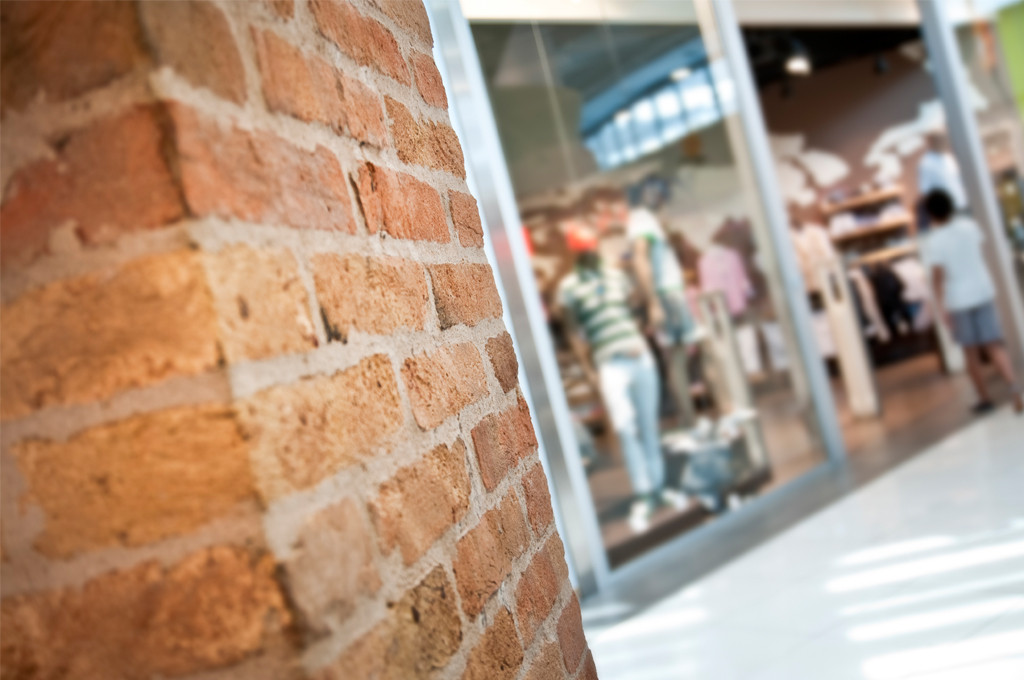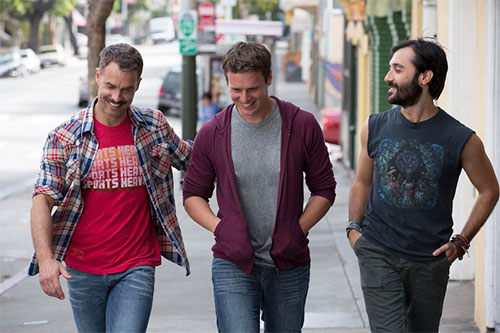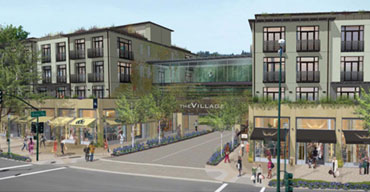Do you know who invented shopping malls? I confess that I hadn’t really thought much about this question until doing some research about one of the biggest trends being talked about today: the influx of Millennials into cities. Much has been written about this topic, but now people are starting to question whether Millennials will stay in the urban cores or will migrate back to the suburbs — the land of shopping malls, many now in decline — once they start families.
Plus: What is experiential shopping? | Get ready for more omni-channel retailing
But first, a bit about shopping malls: The inventor was an early 20th century Austrian immigrant named Victor Gruen, who believed that shopping malls could be the antidote to soulless suburbia. He imagined them as downtown-like centers in the suburbs with “day care centers, libraries, post offices, community halls and public art.” Gruen’s best-known work, for the owners of Dayton Department stores, was the 800,000-square-foot Southdale Mall in Edina, Minn., the first enclosed shopping mall in the country. When it opened in 1956, it was supposed to be the start of a fleshed-out community. The mall was successful, but the original design — which included apartment buildings, schools, medical facilities, park and lake — was never realized.
Victor Gruen (TheFoxIsBlack.com)
His vision, alas, never came to pass. And Gruen, considered one of the most influential architects of the 20th century, actually disavowed shopping mall developments as having “bastardized” his idea. Gruen, it seems, was a man ahead of his time.
Also: Getting smarter about wearable tech | Airport retail comes of age
It looks like his vision is finally coming to fruition in Walnut Creek, Calif., and other places, where city officials, wanting to keep tax dollars local, are delivering the best of urban areas — public transit, convenient housing and shopping – with the amenities of city living but without the challenges. And those original shopping malls? Many of them are closed or will be closing in the coming years.
Those fickle Millennials
One of the biggest trends today is how Millenials are reshaping the market, as retailers scramble to land pricey real estate in urban centers where this coveted group is flocking. Reportedly, Millennials are moving to urban centers where they can get rid of their cars and have easy access to jobs, public transit, parks and public spaces, entertainment and a vibrant mix of retail. Everyone agrees that this is the trend to watch.
Or is it?
Despite the buzz about Millennials’ flocking to cities, there are signs now that Millennials are returning to the suburbs.
As “city-loving Millennials” age, they’ll want to “get married, be good parents and send their kids to college.” And city living might not be compatible with those more conventional lifestyle goals. Millennials may, in fact, return to the suburbs for more affordable housing, better schools, lower taxes and a chance for a slice of the idyllic American dream.
(“Looking”/HBO)
Millennials, it seems, aren’t forever going to insist on city living, but they are eschewing suburban sprawl and choosing the things they love about their cities. The traditional suburbs — with isolating development patterns, outdated shopping malls and few public transit options — just won’t cut it anymore.
Experts believe Millennials will demand “urban burbs” — suburban locations that offer the amenities and benefits of city living without the challenges.
As one economist noted recently in Multifamily Executive, “When Gen Y disembarks for the suburbs, it won’t be to the strip-center–ridden dystopia you’re likely imagining. Rather, they’ll look for places that have urban-like downtowns and excellent access to infrastructure (especially public transportation) that can take them in and out of the urban cores where the jobs are located.”
Making suburbs work like cities
Think tanks and city planners have for years been tracking the decline of the suburbs and advocating for the redevelopment of bleak suburban landscapes into “more sustainable urban places” that “work like cities.”
The Urban Land Institute (ULI), an organization dedicated to using land responsibly and building thriving, sustainable communities, produced a report with case studies on successful suburban development projects that have been rebuilt in more compact and sustainable ways to attract and retain a young, talented workforce.
The relevant issue, according to ULI, is how successful suburbs are at “retrofitting the larger systems of sprawl.” Walkability is key, along with access to public transit, high-speed Internet, affordable housing and dense, vibrant town centers with mixed-use hubs that include shopping, entertainment, public space and a mix of residential and office buildings, but in a “suburban or small-town setting.”
Case study: Walnut Creek
I’ve been watching this urbanization process up close in Walnut Creek, Calif. Walnut Creek, like many suburban markets, is working hard to “densify” its retail corridors to keep shoppers from going elsewhere. Cities want to keep the tax dollars local.
Walnut Creek was experiencing a number of challenges including small businesses struggling to survive, residents’ taking their shopping dollars to other areas, negative perceptions of the downtown and an overall lack of connection.
City leaders began work on a balanced growth plan that re-envisioned commercial, residential and transit uses to build a higher-density urban setting. Recommendations included incorporating a mix of uses, open space, easier walking, better access to pubic transportation and making the downtown area more visually interesting.
Broadway Plaza in Walnut Creek, Calif. (Walnut Creek Magazine)
Walnut Creek is moving quickly by implementing better bicycle and pedestrian options, rezoning areas for retail or office-oriented mixed use – think “office space over ground-floor retail” — and multifamily housing next to public transportation hubs. A sophisticated Community Brand Action Plan will tell the world that Walnut Creek is once again a “vibrant, friendly, safe and exciting place.”
Some of these plans and redevelopment efforts are already coming to fruition and paying dividends.
Walnut Creek’s Broadway Plaza, a 64-year-old shopping center, is undergoing a $250 million redevelopment. The mall will see an increase of 230,000 square feet.
Anchored by Neiman Marcus, Nordstrom and Macy’s, Broadway Plaza is making improvements in traffic flow and pedestrian areas. And thousands of square feet of new leases have already been signed, including Inspirato, a luxury travel club, in partnership with American Express and Tesla, the innovative electric car company.
Walnut Creek is not alone in making a successful transition. Other communities, including Tyson’s Corner, Va.; Richardson, Texas; Dublin, Ohio; the Aurora Corridor in Shoreline, Wash., and many others are making the shift.
Ode to the shopping mall
For more than half a century, suburban planners invested in shopping malls. According to recent article, “At the mall’s peak popularity, in 1990, America opened 19 of them. But we haven’t cut the ribbon on a new one since 2006.” And estimates project that many struggling malls will close in the next 20 years.
Urban burbs, however, appear to be here to stay. Victor Gruen would be pleased.
Anjee continues to be an insatiable collector of all things retail. She’s a student of culture living next door to future shoppers, whose fleeting trends constantly change the retail landscape … driving retailers, landlords and developers crazy!

 Anjee Solanki
Anjee Solanki




 Colliers Insights Team
Colliers Insights Team
 Coy Davidson
Coy Davidson
 Ron Zappile
Ron Zappile